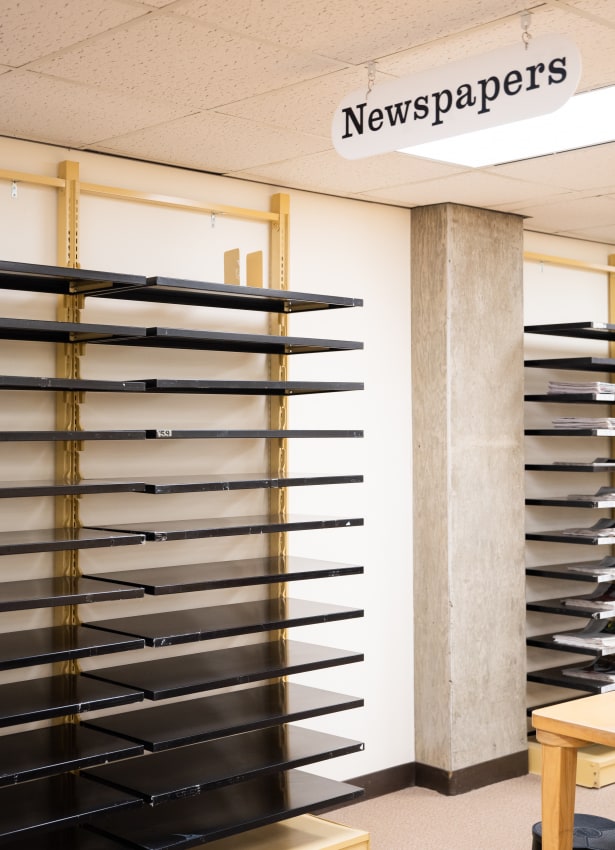
In early August, The Saskatoon StarPhoenix reported that the University of Saskatchewan was cancelling their subscriptions to several thousand academic journals. The cost-cutting measure saves $1.4 million, as subscriptions have risen to amounts deemed unaffordable by most institutions.
In 2018, Canadian Association of Research Libraries released a report overviewing the “current problematic state of scholarly journal costs and proposes some recommendations to address the situation” for university administrators.
Just days after the U of S announced their termination of 3,855 journals, professors from the University of California protested journal giant Elsevier. A total of 31 faculty members refused to serve on the editorial boards of several of the publisher’s journals until the company and the university negotiated a fair deal.
Several Canadian universities, including Memorial University in Newfoundland and Université de Montréal, have recently pulled out of the “big deal,” a flat fee that includes unlimited access to a publisher’s content. The “big deal” was originally negotiated to increase access to content for institutions, but has allowed for big publishers to control the market, inflate prices and turn a big profit.
According to CARL, “the top five publishers, who control over 50 percent of the market and above 70 percent in some disciplines, have profit margins in the order of 28 to 38.9 percent.”
“Big Journal” is developing a money hungry reputation. Publishers charge scientists and academics to publish their research. Access to research is then restricted behind an iron-clad paywall with publishers charging exorbitant fees for their release. Essentially, holding information hostage.
Research is largely publicly funded. Canadian tax dollars fund research and development through various government agencies like the Canadian Institute of Health Research, the Natural Sciences and Engineering Research Council of Canada and the Social Sciences and Humanities Research Council of Canada. These agencies offer grants and scholarships that allow academics and graduate students to continue their investigations and publish their work.
In order to publish their findings in peer-reviewed, reputable journals, researchers are often charged either membership fees or need to pay for the submission of their manuscripts. Once published, paywalls limit access to information contained in papers. Without institutional access that the U of S supplies, students and researchers alike would pay anywhere from $20 to nearly $50 for a single article on research that was publicly funded.
There is something inherently wrong with this structure and as the fees climb, institutions are being pressured to act. For years there has been a push for open-access journals, which allow for papers to be read free of a fee.
Making science and research accessible for all should be the only way forward, especially in a time where we are bombarded by torrents of dubious information from unreliable sources. Having easy access to banks of credible information allows us to combat misinformation and allows for both public critical thought and the continuation of research, built upon the foundation of other researchers.
While the need to pressure publishers is necessary to change the current model, the move by the university to begin cutting subscriptions appears to be a money-saving administrative move without an understanding of its impact. Pulling access to journals runs the risk of throwing roadblocks into research of faculty and students alike.
The path to open access is not to make information less accessible. Without efforts seen from Université de Montréal or the UC faculty, pulling subscriptions will leave gaps that may be indefinite. This does not help bolster our academic reputation.
In their report CARL warns, “there is an urgent need to address this situation and a coordinated approach across Canadian universities towards systemic change is essential.” The most effective approach would be for universities from across Canada and the United States to push publishers into restructuring their system.
While the U of S is a research powerhouse with multiple national research facilities, a small prairie university cutting their journal subscriptions is not going to put enough pressure on publishers and may have a much deeper impact on the campus community.
—
Erin Matthews / Opinions Editor
Photo: Victoria Becker / Photo Editor